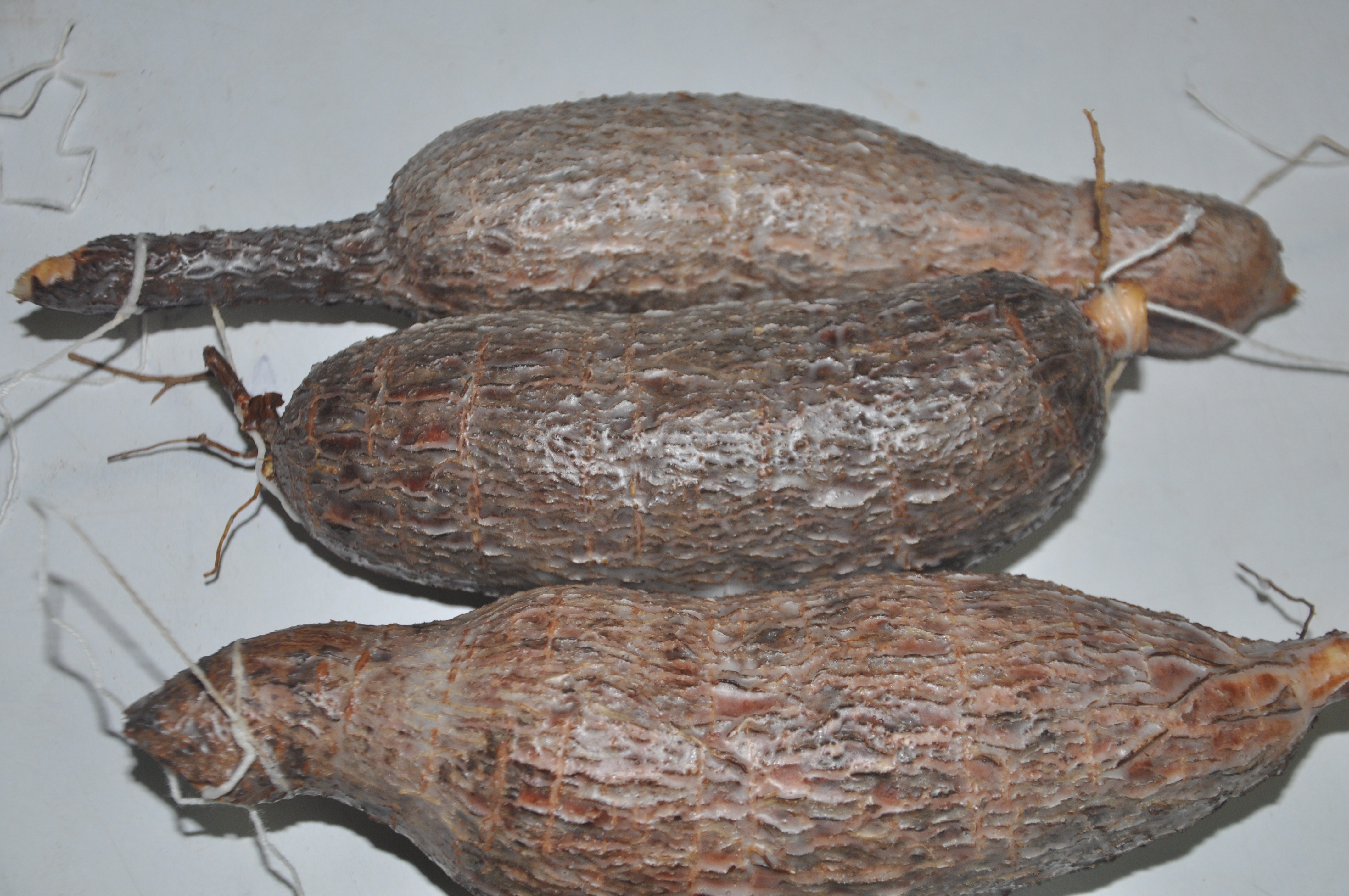Waxing of fresh cassava roots to extend the shelf-life and increase marketability
Résumé
One of the major challenges facing cassava root trade is the rapid postharvest physiological deterioration (PPD) of the roots which normally occurs within two days of harvest. This results into short marketing period, discounted prices, losses in income to growers and traders, and reduced utilization and food security. Waxing of cassava roots, using safe wax and fungicides approved in the country of operation can help to extend the shelf-life of roots to about 14 days or more without any detrimental effect on the eating quality and safety of cassava roots.
En savoir plus sur la solution
The process for extending the shelf-life of cassava roots through waxing starts right from field preparation to root harvesting and postharvest handling. Producing fresh cassava roots for waxing requires specific agronomic practices in order to obtain commercially acceptable roots in terms of size, shape and appearance. These practices also help in easing root harvesting and thereby minimizing damages or injuries to the roots. This in turn helps to extend the shelf life since avoiding mechanical damage during harvesting delays the onset of postharvest deterioration of cassava roots. Growing cassava roots for waxing involves ridging and planting of sweet varieties that have good eating quality such as taste or texture, and are valued by the consumers for boiling, roasting, frying or other forms of direct cooking into food. At maturity, the leaves of the cassava plants are pruned 6-7 days before harvesting carefully to avoid mechanical damage. The roots are carefully transported to the pack-house for sorting, washing, weighing, disinfection with approved fungicide and surfactant. The roots are dried and waxed using heated food grade wax.
The application of the shelf-life extension technique is expected to contribute to an increased consumption of cassava, reduction of postharvest losses for farmers, transporters and traders, increased marketability and, possibly, reduced consumer price of fresh cassava roots in the long-run.
The materials for waxing include approved fungicides and food grade wax. Other materials are stainless steel waxing pot, gas burner and cylinder, mild steel for pre- and post-waxing cooling, and waxing basket
A pack-house with facilities for weighing, sorting, grading, washing, disinfecting, drying, waxing, packaging, and loading into distribution vehicle for marketing.
Commercialisation
Disponible dans le commerce
Images de la Solution
Institutions



